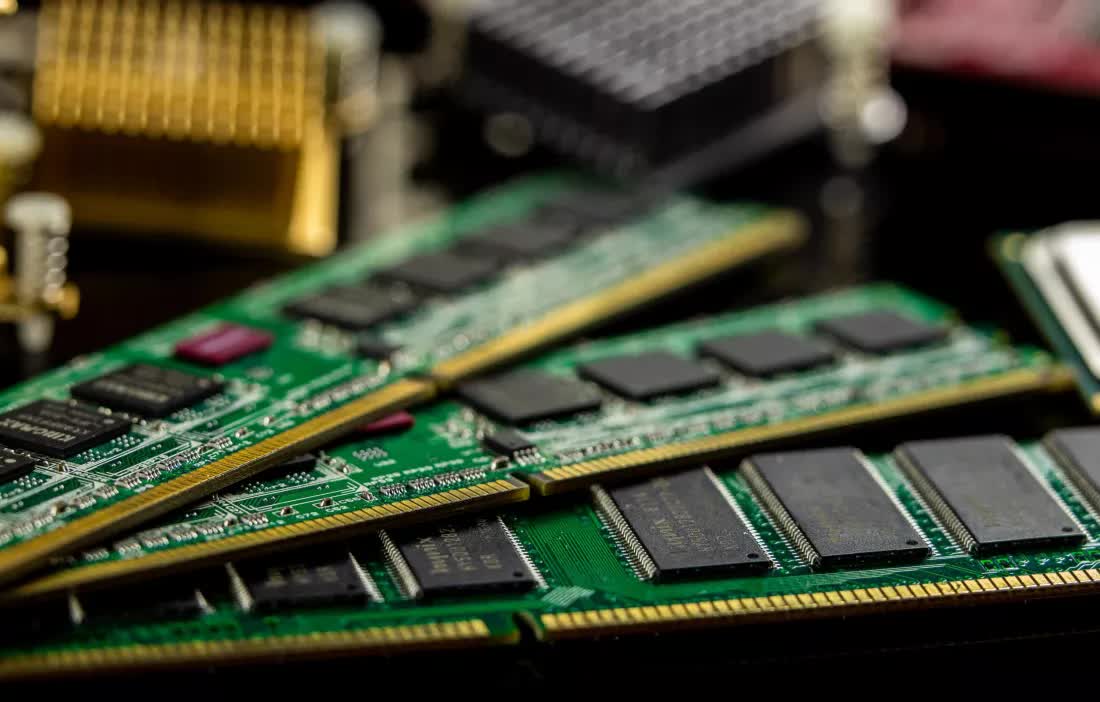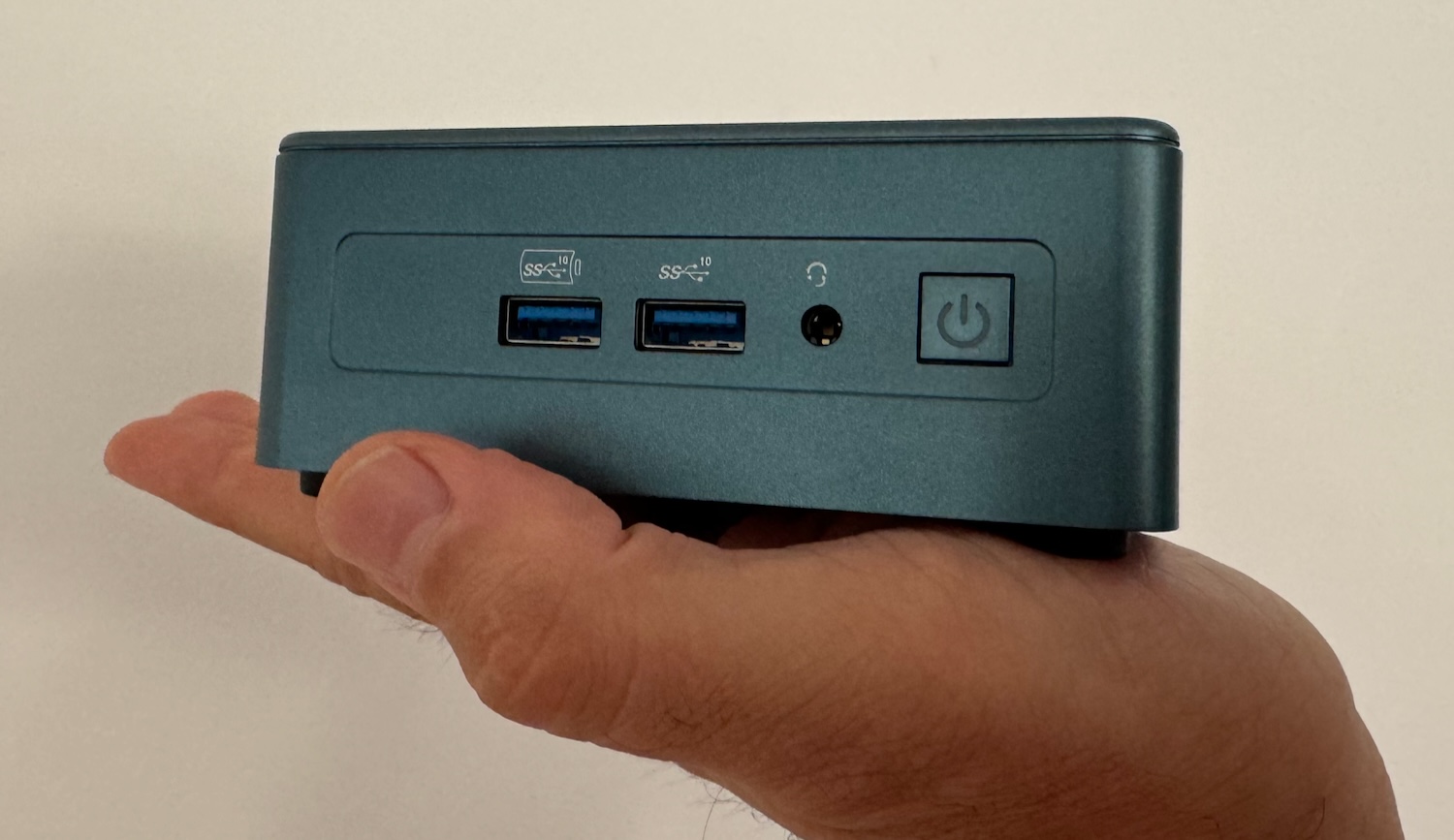RIP: If you’re reading this on just about any modern computing device, you’re benefiting from the pioneering work of Robert H. Dennard. The prolific inventor and IBM researcher, affectionately known as “Bob” to colleagues, passed away on April 23 at the age of 91.
Dennard’s claims to fame are enormous. He’s the mind behind dynamic random-access memory (DRAM), the ubiquitous memory that quite literally makes our computers and smartphones function. And that’s just the start. This Texas-born extraordinaire left an indelible mark on the trajectory of semiconductor innovation.
It all began at the Carnegie Institute of Technology (now Carnegie Mellon University), where Dennard earned his PhD in electrical engineering back in 1958. Fresh out of grad school, he joined the hallowed ranks of IBM’s research division, kicking off decades of breakthroughs.
In the 1960s, integrated circuits were all the rage, with microchip pioneers racing to enhance computer memory and logic. Dennard felt that existing magnetic core RAM was too big and power hungry, so he assembled a team to dream up an alternative using just six MOS transistors per bit of data. But even that design felt convoluted.

Then came the eureka moment: Dennard wondered if a single bit of data could be stored using just one tiny transistor. With that, Dennard laid the groundwork for DRAM as we know it today. His 1968 patent for this technology ushered in an era of compact, low-power memory that made modern computing possible.
However, DRAM was merely Dennard’s opening salvo. He’s also known for the scaling theory that bears his name – Dennard scaling – which described how shrinking transistor dimensions could boost performance while reducing power consumption. This principle turbocharged the industry’s rapid miniaturization for decades, allowing for exponential leaps in chip density and clock speeds in accordance with Moore’s Law.
Eventually, transistors became so minuscule that current leakage and voltage scaling broke down, bringing an end to the clockspeed arms race. But by then, semiconductor sorcery had already transformed our world.
For his contributions, Dennard racked up a trophy case of prestigious awards including the National Medal of Technology and Innovation in 1988 and the Kyoto Prize in Advanced Technology in 2013, among others. More importantly, he inspired generations of chip designers, engineers, and scientists to pursue world-changing innovations.
A memorial celebration of Dennard’s life and career is planned for June 7 at IBM’s Thomas J. Watson Research Center in Yorktown Heights, New York. While Bob may be gone, his genius lives on in the silicon powering our digital age.
Image credit: Fred Holland










